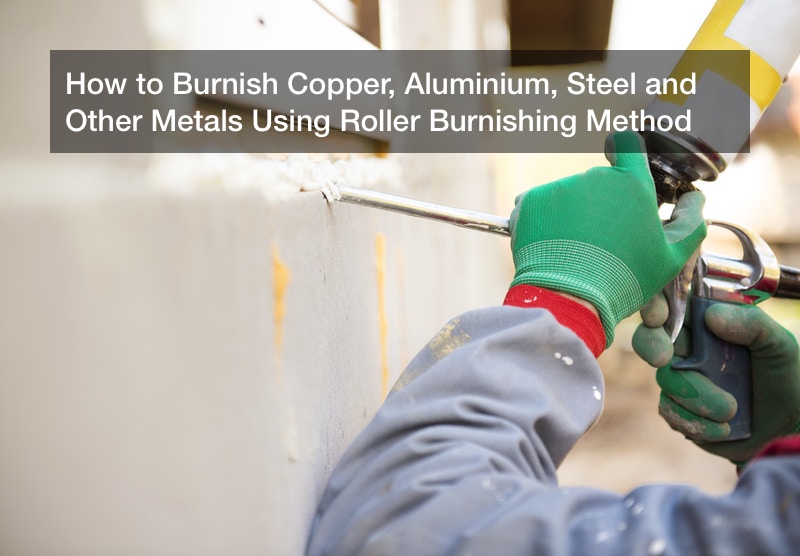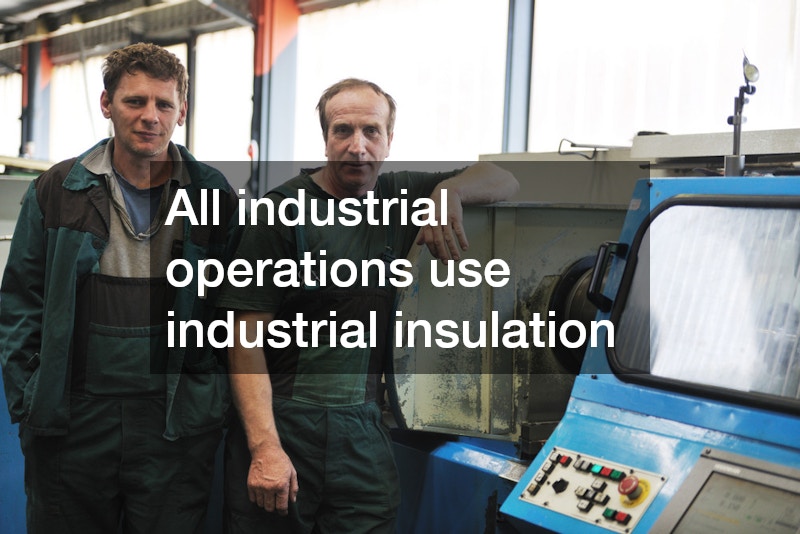How to Burnish Copper, Aluminium, Steel and Other Metals Using Roller Burnishing Method
Sheet metals are crucial materials in the building, assembling, and construction industry. They are useful in sheet metal work such as automobile body building, fabrication, and structural engineering. Compared to standard metals, sheet metals...

